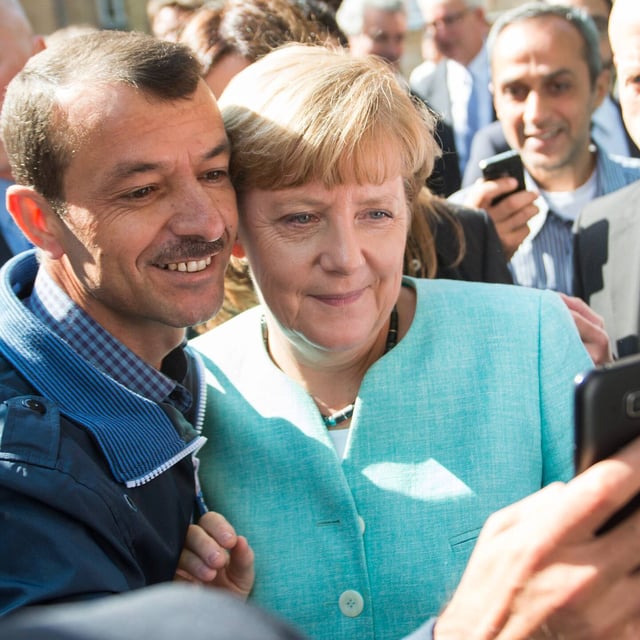Overview
- Official register data show Bavaria’s recognized refugee population rose from about 5,800 in 2014 to nearly 46,000 by June 2025, with asylum applications peaking in 2015–2016 and falling to roughly 36,000 in 2024 and about 9,500 so far in 2025.
- Labor-market integration is measurable: around 101,000 people from eight principal asylum-source countries were employed in Bavaria in May 2025 (about 91,000 in social insurance), plus 56,700 employed Ukrainians (about 49,000 insured).
- Bavarian Interior Minister Joachim Herrmann says the state housed arrivals without leaving people on the street, yet the accommodation system and municipalities were pushed to or beyond their limits.
- Rights groups challenge hardline measures as rights‑eroding, alleging unlawful pushbacks that courts have confirmed, while education unions and city leaders call for more staff, support and funding to sustain integration in schools and communities.
- Political assessments link the long-term management of 2015’s influx to today’s polarization, with commentary citing AfD gains and a new Forsa poll placing the party at 26 percent ahead of the Union.



